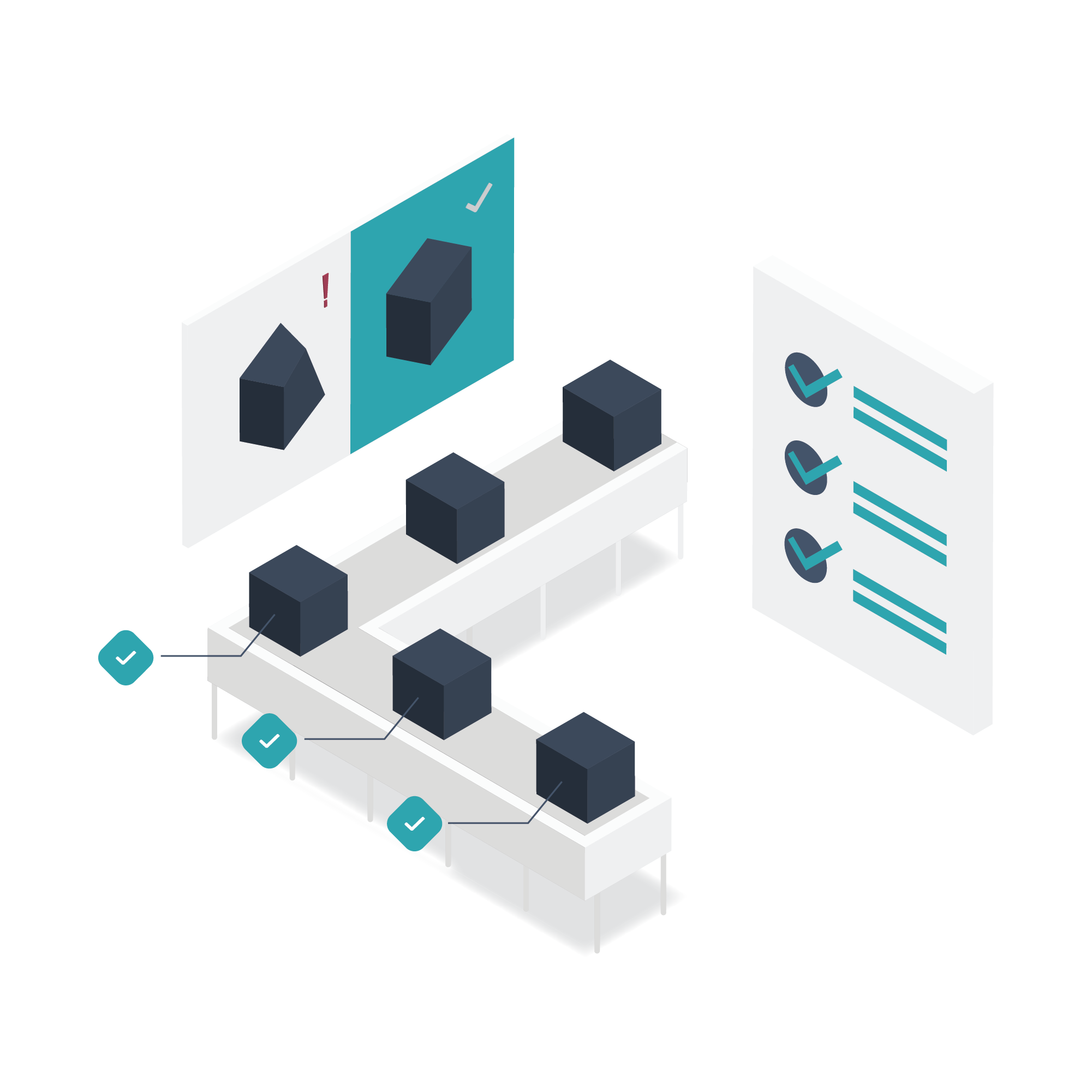
Oden’s core data architecture automatically cleanses, contextualizes, and enriches data from various manufacturing systems and machines to simplify the analytics process.
Using this enriched data, Oden’s pre-built analytics models search through millions of data points to identify process conditions that are correlated to quality outcomes.
Operations teams gain a wider view of what variables influence quality and are enabled to make more aggressive process improvements. If using Process AI, they will also have guidance on optimal process setting changes to ensure that they won’t lower quality.
Centralize your OT and IT data to create a digital picture of your production processes using machine learning. Data is cleaned and contextualized into a consistent format, organized into a taxonomy that assigns semantics to the data and aligns it with metadata such as the product, shift, or quality state.
As a map for your predictive quality solution, the digital picture translates your manufacturing and quality expertise into an actionable representation of your production line.
Machine learning algorithms analyze live and historical production data to identify patterns in behavior that have previously led to quality failures. Relationships between key process variables, such as line speed, pressures, and temperatures are correlated with quality measures to build a predictive quality model.
When models are deployed in a production environment, they look for patterns or sets of conditions that provide early indications of inefficiencies and quality failures.
Models need to change along with changing production conditions. The automated structures within Oden’s predictive quality remove hundreds of hours of manual work to maintain these quality models. New processes, new people, and new data all automatically contribute to model evolution.
A cloud solution with rapid iteration greatly reduces the amount of time it takes to build, validate, and deploy new models. As an example, when a sufficient amount of historical data is available, Oden has twice produced and deployed predictive quality models in under 48 hours. This agility enables you to get the most value out of your predictive quality solution and keep up with the dynamic nature of manufacturing.

Optimize Material Usage
Optimize material usage based on live production conditions. Predictive quality helps to show operators and supervisors when they are adding more material than is required to stay in-spec.
Prevent Quality Failures
Prevent quality failures by enabling operators to proactively adjust process parameters with a view of how downstream quality will be affected.
Analyze Data Faster
Predictive quality removes hundreds of hours of manual data cleansing for process engineers. Live and historical data streams from machines, ERP, MES, and quality systems are automatically contextualized and analyzed to detect patterns.
Predictive quality helps manufacturers better understand their processes. Especially when predictive quality is paired with Process AI, operators gain greater confidence to hit performance and quality targets by knowing that they will stay in spec.
When predictive quality is combined with Process AI, the operator unlocks prescriptive process setting recommendations to lower material costs, lower energy costs, and to optimize line speed across their lines and products.
